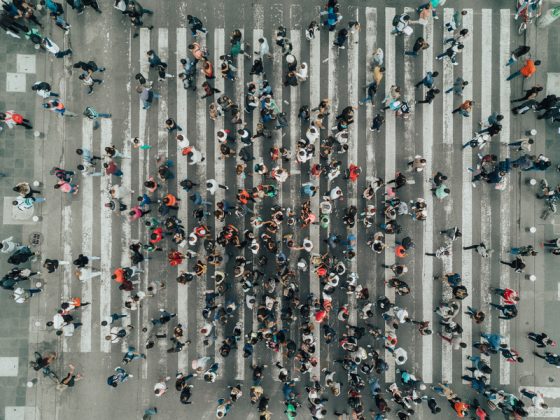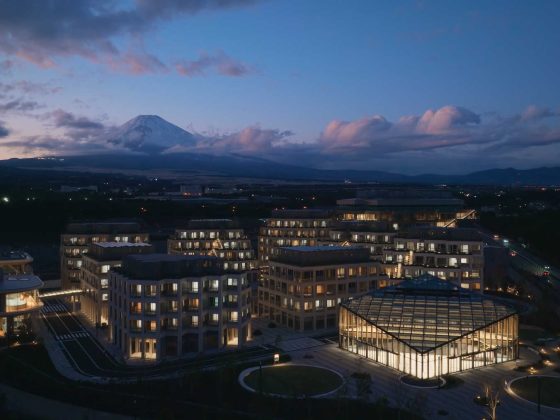A quick walk to the store or down to the subway might not seem like a big deal, but pollutants in city air are far worse than you might think. According to research, the quality of air in urban areas is less than ideal, and for 80% of residents in urban areas, below the recommended level. While cities are doing all they can to reduce smog and meet their carbon emission targets, there is much the inhabitants and businesses can do to improve the air inside, thanks to tech.
Know What You’re Dealing With
While it’s a good idea to clean your area, reduce humidity, and encourage air circulation, it might not be enough to eradicate underlying issues inside a space. Currently, developers are testing new equipment that can test air quality through inexpensive sensors and produce an accurate reading. This will not only alert those within the room to possible air toxicity but also dangerously high levels of pollutants. By knowing what is reducing the quality of air inside a space, it’s easier to address it, such as by remedying mold, gas leaks, or pollution from the outside. Homeowners may also unknowingly increase air pollutants with their choice of furniture and cleaning materials and detergents.
Maintenance Alerts Before Air Quality Drops
The simple act of exhaling is a large contributor to carbon dioxide within a building, and for those in an environment that doesn’t allow for windows to be opened, this can be problematic. Clogged up filters mean that only stale air is circulating, and the longer the filters are clogged, the more germs and bacteria circulate. Thanks to IoT, however, sensors pick up when the carbon dioxide count is too high and alerts the HVAC users that it’s time for a filter change. This is not only important for air quality but also to prevent possible fires due to clogged filters. According to Willard duct cleaning, ensuring that ducts are kept free from dust and pollutants is just as important as filter maintenance. Duct cleaning is also important as it can alert the homeowner to possible mold spores.
Opting For Efficient Air Cleaners
Sometimes it takes more than just air filters to get the job done, especially in an environment where high levels of air pollutants exist – for instance, humid environments, factory offices, and buildings in the heart of the city smog. While some HVAC units have built-in air cleaners, it’s also possible to install air cleaners as a standalone product. Mechanical filters are the most common types of cleaners, while others use electrostatic precipitators and negative ion generators. These are ideal for areas that have high levels of atmospheric dust, bacteria, tobacco smoke and pollen. Additionally, areas that need a sterile environment should invest in this type of technology, such as hospitals.
For city dwellers, sometimes it’s better not to let the outside in. A home or office should be a safe space to take in those deep breaths, and if this fails, technology should at the very least alert inhabitants of pollutants.










